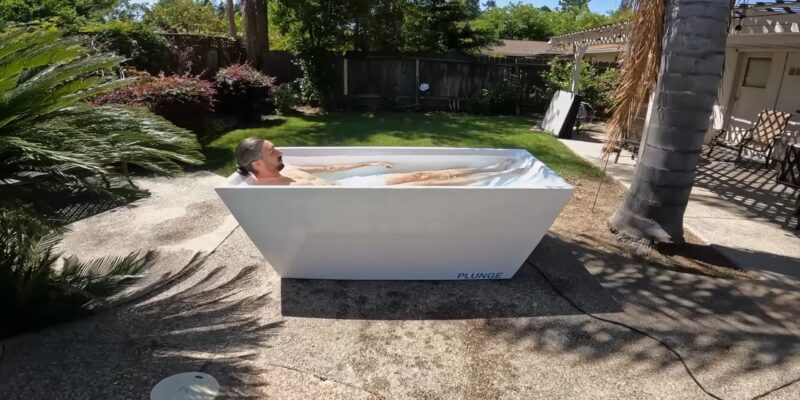Cold plunge bathtubs, a modern twist on the age-old practice of water immersion, have been making waves in the wellness community. As the name suggests, these bathtubs are designed to immerse the body in cold water, offering a refreshing and invigorating experience.
With the growing interest in cold therapy and its potential benefits, many are curious about whether taking the plunge is right for them. Let’s dive in and explore!
Fun Fact: Did you know that cold therapy, also known as cryotherapy, has been used for therapeutic reasons for centuries? From ancient ice baths to modern plunge tubs, the allure of cold water’s healing properties remains strong.
The Science
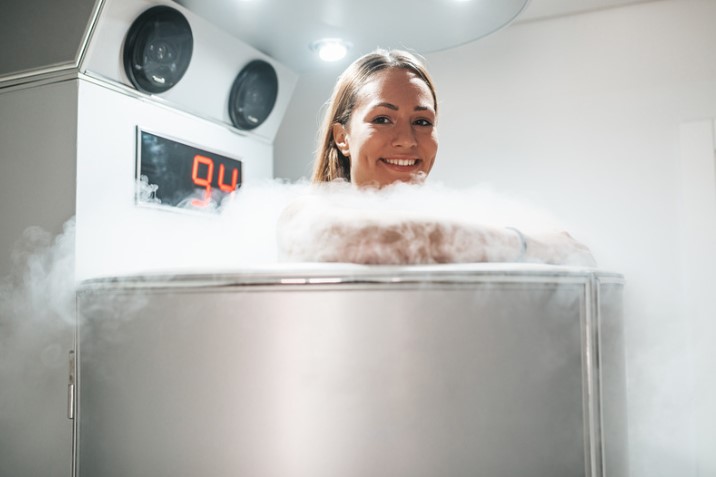
Cold exposure, whether it’s from a brisk winter walk or a dip in a plunge bathtub, has a profound effect on the body.
- How exposure affects the body: When you immerse yourself in chilled water, your body goes into “survival mode.” It works hard to maintain its core temperature, which can stimulate various physiological responses.
- Activation of the body’s natural response mechanisms: The shock of chilled water can stimulate blood cells that fight off infections. This might be why some studies, like one in the Netherlands, found that people who took chilled showers regularly called out sick from work 29% less than those who didn’t.
- Release of endorphins and potential mood-enhancing effects: Limited research suggests that chilled water therapy can boost mood and decrease anxiety. Some participants in clinical studies even reported decreased depression symptoms after taking daily chilled showers for several months.
Pro Tip: If you’re new to cold therapy, start with short durations and gradually increase your exposure. This way, you can enjoy the benefits without overwhelming your body.
Potential Benefits
The allure of plunge bathtubs isn’t just about the initial shock and invigoration. There are several potential benefits to consider:
- Improved Muscle Recovery: One of the most touted benefits of cold water therapy is its ability to aid in muscle recovery. After intense physical activity, our muscles often experience soreness, known as delayed onset muscle soreness (DOMS). Research has shown that chilled water immersion can significantly reduce this soreness compared to passive interventions like rest. In fact, chilled water immersion has been found to be more effective than whole-body cryotherapy in reducing muscle soreness 24 to 48 hours post-exercise.
Fun Fact: The majority of research on the potential health benefits of cold water therapy revolves around muscle recovery.
- Pain Relief: Cold water therapy has been used in various therapeutic settings to alleviate both acute and chronic pain. The alternating constriction and dilation of blood vessels during chilled water immersion can lead to increased blood flow, delivering more oxygen and nutrients to tissues. This process may help reduce swelling, improve muscle function, and promote healing. For instance, contrast water therapy, which alternates between chilled and hot water immersion, has been used to treat pain from conditions like rheumatoid arthritis and carpal tunnel syndrome.
Pro Tip: If you’re dealing with chronic pain or recovering from an injury, consider consulting with a physical therapist or chiropractor about incorporating cold water therapy into your treatment plan.
- Mood Enhancement: Ever felt invigorated after a chilled shower? There’s science behind that feeling. Chilled water immersion has been linked to a significant increase in dopamine levels, a neurotransmitter often referred to as the “feel-good hormone.” This boost can lead to improved mood and even reduced symptoms of stress, anxiety, and depression in some individuals.
Fun Fact: A study found that taking a 20-minute ice bath four times a week improved the quality of life in people with gout, with participants reporting less stress, anxiety, and depression.
Considerations Before the Plunge
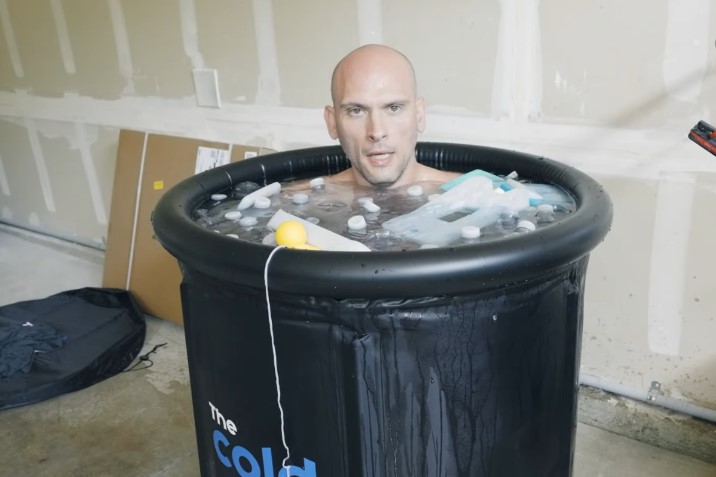
Before you dive into the cold, it’s essential to be aware of certain considerations:
- Individual Tolerance: Not everyone can handle the shock of cold water immediately. It’s crucial to acclimate yourself gradually. Starting with chilled showers or an outdoor pool around 65°F can help build your tolerance over time.
Pro Tip: When you’re ready for a full plunge, begin with short durations, like two to five minutes, and gradually increase your time as your body adapts.
- Health Conditions and Contraindications: Cold water therapy can be stressful for the circulatory system. Individuals with heart, blood pressure, or circulatory issues should consult with their healthcare provider before trying cold water therapy. Additionally, those with nerve disorders, such as diabetic neuropathy, should exercise caution.
- Duration and Frequency: While there’s no one-size-fits-all answer, it’s generally recommended to limit chilled water immersion to a maximum of 15 minutes, especially for beginners. As your tolerance builds, you can adjust the duration accordingly.
- Gradual Adaptation: It’s essential to listen to your body. If you start to shiver or shake, it’s a sign that you’ve reached your limit for the day. Always prioritize safety and comfort.
Plunge Bathtubs vs. Other Therapy Methods
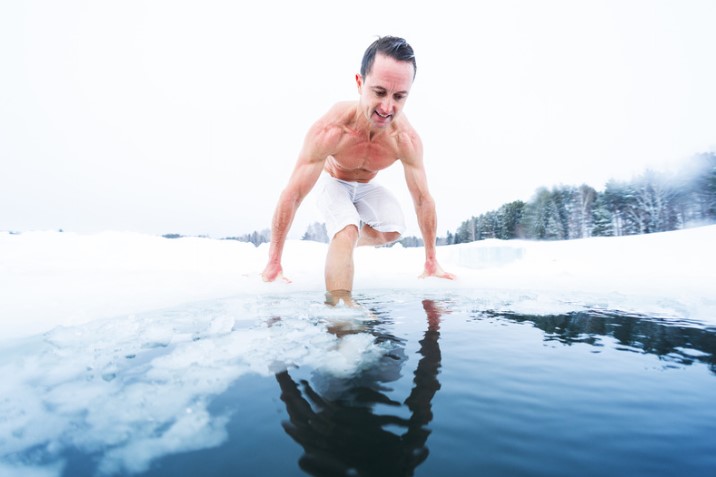
Plunge bathtubs are just one method of cold therapy. Let’s see how they stack up against other popular techniques:
- Ice Baths: These are perhaps the most well-known form of chilled water immersion. They offer the advantage of temperature control, allowing you to adjust the water’s coldness to your preference. Ice baths are especially popular among athletes for post-exercise recovery.
- Cryotherapy: This involves exposing the body to extremely cold air temperatures for short durations. While it offers some benefits, research has shown that chilled water immersion might be more effective in reducing muscle soreness post-exercise.
- Chilled Showers: A more accessible form of cold therapy, chilled showers can be a great starting point for those new to cold exposure. While they might not offer the same intensity of benefits as full immersion, they can still provide a refreshing boost.
Fun Fact: The Wim Hof Method, developed by “The Iceman” Wim Hof, combines cold therapy with breath work and commitment practices. Proponents claim it offers benefits like increased energy and faster recovery.
Incorporating them into Your Routine
Taking the plunge into cold water can be a refreshing and invigorating experience. However, it’s essential to incorporate it into your routine safely:
- Tips for a Safe and Effective Cold Plunge Experience: Always start slow. If you’re new to cold plunging, begin with shorter durations and gradually increase your time. Ensure you have a warm towel or robe nearby to warm up immediately after your plunge.
- Recommended Practices for Beginners: Before diving into a plunge bathtub, consider starting with chilled showers. This will help acclimate your body to the cold. Over time, you can increase the duration and coldness of your showers before transitioning to full plunges.
- Integrating Cold Plunges with Exercise and Wellness Routines: Plunges can be an excellent addition to your post-workout routine. After a strenuous workout, a cold plunge can help reduce muscle inflammation and speed up recovery.
Pro Tip: Always hydrate well before and after your cold plunge. This helps in maintaining body temperature and aids in recovery.
Potential Risks and Precautions
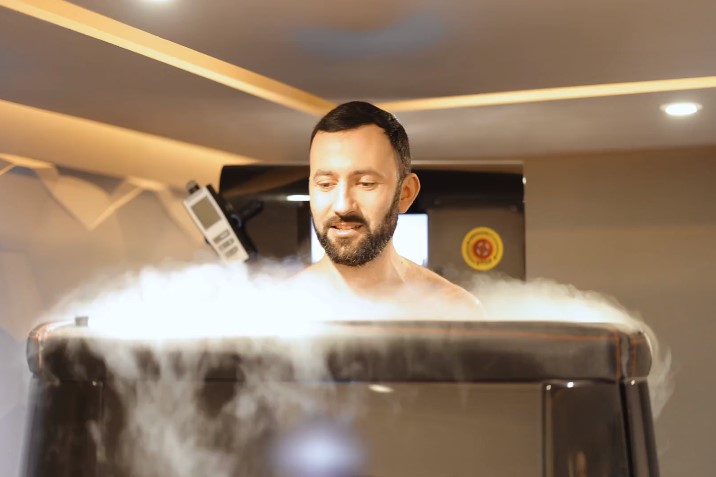
While offering numerous benefits, it’s not without its risks:
- Hypothermia and its Signs: Prolonged exposure to chilled water can lead to hypothermia, a condition where the body loses heat faster than it can produce, leading to dangerously low body temperatures. Signs include shivering, numbness, loss of coordination, and in severe cases, unconsciousness.
- Overexposure Risks and Guidelines: It’s essential to limit your time in chilled water, especially if you’re new to the practice. Overexposure can lead to muscle cramps, numbness, and other complications.
- Consulting a Healthcare Professional: Before starting cold therapy, especially if you have underlying health conditions, always consult with a healthcare professional.
Testimonials and Insights
Many individuals swear by the benefits of cold plunge bathtubs:
- Personal Accounts: Celebrities like Hailey Bieber, Lizzo, David Beckham, and Lady Gaga have tried and endorsed cold plunging. They, along with many others, claim benefits ranging from improved sleep to a boosted immune system.
- Anecdotal Evidence: While scientific research is ongoing, many individuals report improved well-being, reduced stress, and enhanced recovery after incorporating it into their routine.
FAQ
Can cold plunge baths help with stress and anxiety?
Yes, some studies and personal accounts suggest improved mood and reduced anxiety.
Is there an optimal temperature range for cold plunge sessions?
It varies by individual, but starting with water around 65°F is recommended for beginners.
How long should a typical cold plunge session last?
For beginners, 2-5 minutes is a good starting point.
Can cold therapy assist in reducing inflammation from injuries?
Yes, it can help reduce inflammation and speed up recovery.
Are there any age restrictions for using cold plunge bathtubs?
It’s best to consult with a healthcare professional, especially for younger individuals.
Can pregnant individuals safely use cold plunge baths?
Pregnant individuals should always consult with their healthcare provider before trying any new therapy.
Should I consult a doctor before starting cold therapy?
Absolutely, especially if you have underlying health conditions.
How often should I incorporate cold plunges into my routine?
It varies by individual, but 2-3 times a week is a common recommendation.
Can cold plunge baths improve sleep quality?
Some individuals report improved sleep after plunging.
What are some alternative methods for cold exposure if I don’t have a bathtub?
Chilled showers, ice packs, and cryotherapy are some alternatives.
Conclusion
Cold plunge bathtubs offer a unique and invigorating experience, backed by both ancient practices and modern testimonials. While the potential benefits are numerous, it’s essential to approach this therapy with caution, knowledge, and consultation with healthcare professionals.
As with any wellness practice, individual preferences and health factors play a crucial role. So, if you’re considering taking the plunge, do so informed and enjoy the chill!
